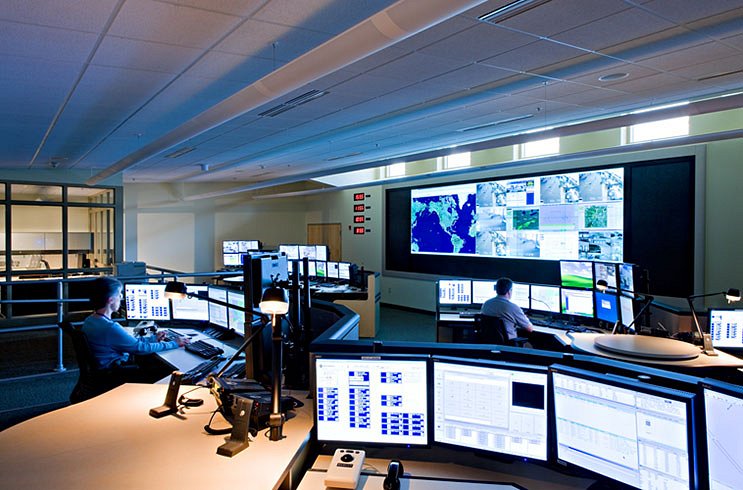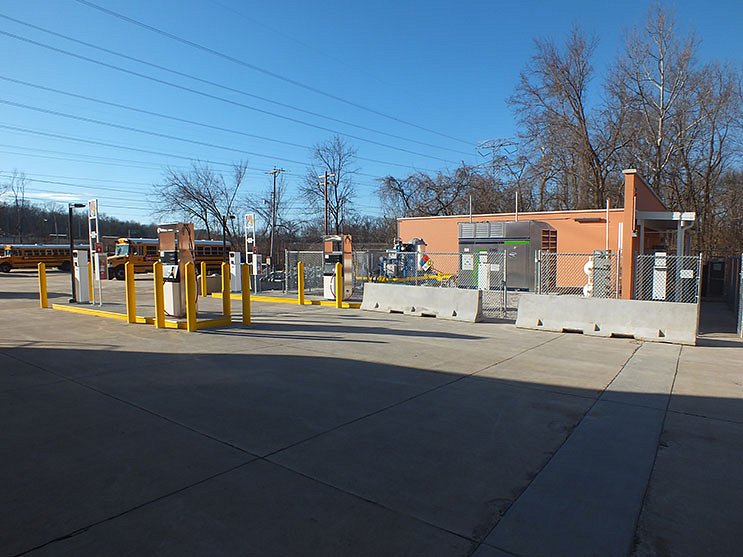We have now entered into spring – the promise of warmer weather, flowers blooming, and goodbye to ice and snow. Unfortunately, that also means we have entered into peak tornado season. As Mother Nature has demonstrated over and over the past few years, tornadoes and other natural disasters can strike at any time. According to Wikipedia, there were over 943 tornadoes reported in the United States in 2013, of which at least 811 have been confirmed.

I’m an architect for mission-critical facilities, not a weather expert. But it’s a fair assumption that the United States will again see powerful storms in 2014 which means there needs to be a renewed emphasis on improving emergency operations facilities and updating regional emergency preparedness plans so that our communities are better prepared for the next disaster. In that spirit, I offer these top 10 ways to improve emergency preparedness:
- Gain consensus on a regional response plan. An emergency is no time for a city, county, or municipality to determine how to coordinate resources and efforts between multiple jurisdictions. A consensus among all stakeholders is essential.
- Develop an interoperable communications system. State-of-the-market systems today use the same frequency for police, fire, and other emergency responder groups during an event. A tiered communications system including radio, telephone, cell phones, cable TV, data, and Internet-based systems offers the best approach.
- Follow the National Emergency Response Plan. Developed by the US Department of Homeland Security in 2004, this plan offers a framework for managing an incident so all agencies and disciplines use similar protocols and terminology.
- Develop a business continuity plan with backup systems for power, communications, and data. Through extensive research and design of emergency operations facilities, I recommend a minimum of one emergency generator with three days of fuel supply as a minimum design guideline. The telephone system should come from two distinct central offices and Internet access from two spate high-speed lines. It is good practice to have a base radio system and a HAM radio system.
- Conduct a threat and vulnerability assessment before building or remodeling your emergency operations center. A thorough review should include the input of several experts: a security expert to assess potential threats and vulnerabilities; a structural engineer to look at issues such as blast resistance; and a communications expert to define suitable methodologies for maintaining business continuity.
- Seriously consider a new regional emergency operations center. Most facilities in place today are too small and inadequate to accommodate responders and policymakers simultaneously—a key ingredient in consolidating functions. For example, we recently designed a new Emergency Communications Center for St. Louis County to replace an aging facility that did not allow for compatibility between the 50 different communications systems in St. Louis County.
- Incorporate human comfort. During a crisis, emergency management personnel are making critical decisions 24/7, often under severe stress. Comfort in this setting is not a luxury, but a necessity, with ergonomics, safety, durability, aesthetics, and quiet areas all part of our typical design criteria.
- Develop layers of security to deter, detect and deny intruders. Best practices in security design include a series of ever-tightening circles beginning at the site perimeter, so the most vital portions of the emergency operations center are protected by multiple layers of security. Many critical operations centers have not thought through security measures well enough to address today’s new challenges.
- Use cutting-edge technology to reduce the potential for human failure and manage incidents more efficiently. Examples of recommended technology include satellite communications and global positioning systems. Having a database of such critical information ready and available, however, will help you speed your recovery.
- Don’t put all of your eggs in one basket. Have a functioning backup emergency operations center that might have a dual use. Several cities for which our firm has designed new emergency operations centers are leaving their old centers in place, planning for the day when something prevents the primary operations center from functioning.
About the Author:
Mike Shea, AIA, is a Senior Vice President at Ross & Baruzzini and leads the firm’s Mission Critical and Government markets. With more than 25 years of experience in planning, architecture, and engineering design, Mike specializes in technically oriented large-scale multi-disciplined projects and open-end contracts.Ross & Baruzzini has designed security and emergency preparedness systems for more than 200 public and private facilities.





